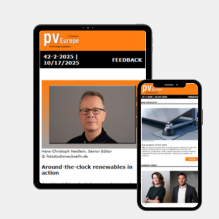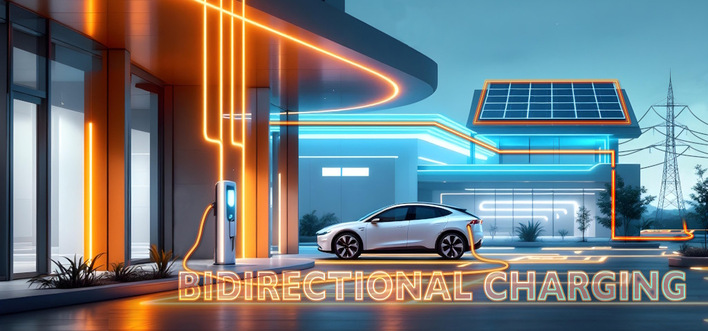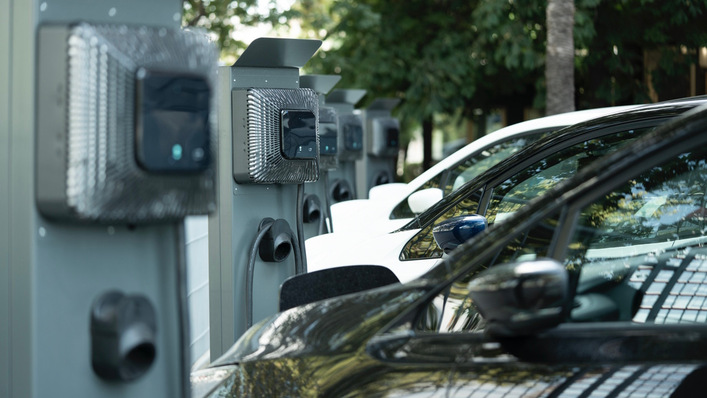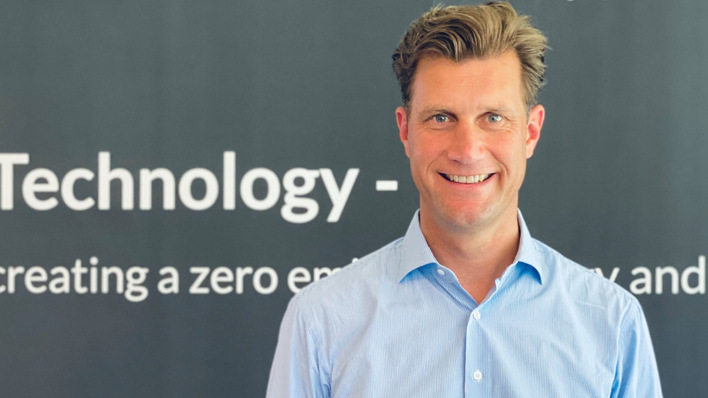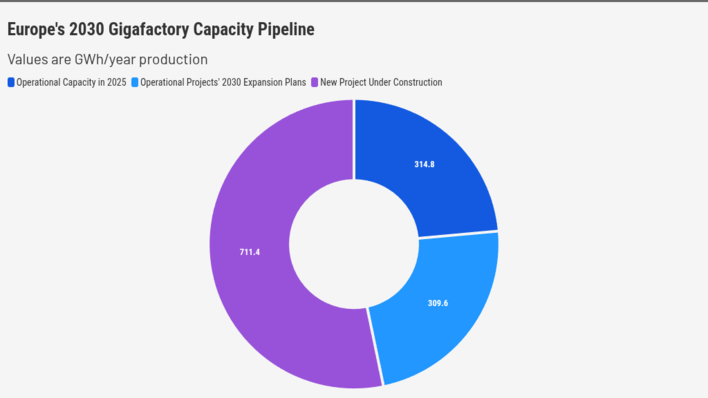The vessel is operated by Dutch hydraulic engineering firm Van den Herik, which has transformed the high‑energy‑demand Prins 6 into the fully electric Prins ZEs – now a zero‑emission workboat powered by a Tesvolt Ocean battery system. The conversion was achieved without any existing charging infrastructure and delivers major CO₂ savings.
Hybrid breakthrough for inland shipping as Wattlab and HGK launch solar vessel
As a workboat, the Prins ZEs requires substantial energy to cover long daily routes. Its Compass Core battery modules from the Kaptein series provide almost 2 MWh of storage capacity. When fully discharged, the batteries can be recharged within 12 hours via the onboard fuel‑cell generator, enabling the vessel to operate electrically for a full working day.
Emphasis on charging speed and space efficiency
“We needed batteries that could absorb large amounts of energy quickly while taking up minimal space on board,” says Isolde Struijk, Managing Director at Van den Herik in Sliedrecht, near Rotterdam. “When the crane is in operation, it generates high load peaks, so the battery system also needed to be robust and maintain stable performance under stress.”
Stay informed – subscribe to our free newsletters
“We designed our battery modules to make retrofitting electric drives on vessels as straightforward as possible,” explains Michael Miebach, Key Account Manager at Tesvolt Ocean. “Despite their low weight, the modules deliver high energy density. The total storage capacity of almost 2 MWh occupies only around 0.6 × 3.6 metres, with a height of about 1.8 metres. We’re delighted that the Prins ZEs is operating with our system.”
Mini hydrogen power plant
As there is currently no charging infrastructure along inland waterways, Van den Herik has developed its own compact hydrogen fuel‑cell generator. Measuring just 3 × 2.6 × 2.5 metres, it can produce up to 3,600 kWh of electricity a day. The generator is installed onshore beside a trailer housing the hydrogen tanks. Inside the fuel cell, hydrogen is converted into electricity and fed directly to the vessel’s batteries.
Wattlab outfits Dutch cargo ship with 44 Solar Flatracks
The Dutch authority Rijkswaterstaat supports these “front‑runner projects” (koploperprojecten) – initiatives that translate new sustainable solutions into practice through collaboration with industry. (hcn)



